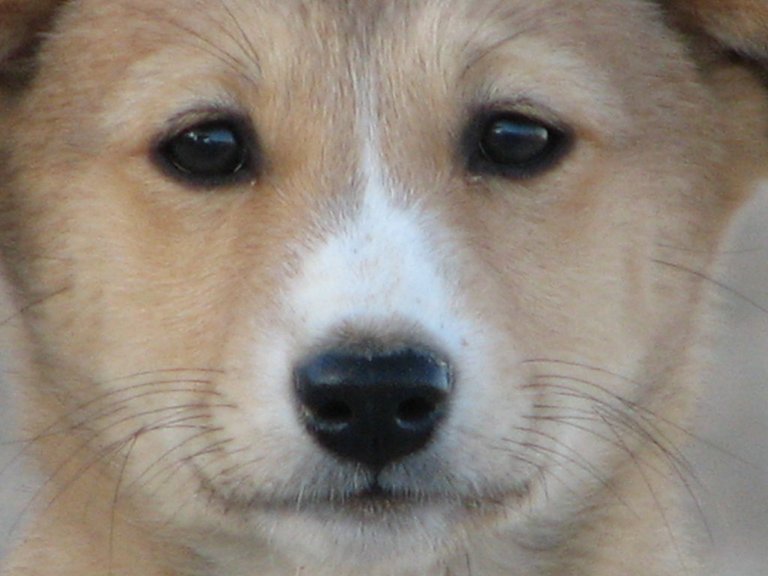How very annoying it can be when a person has acne, especially the female gender, they would get different body care products to eliminate it as it affects their physical appearance. The funny this is, that cats and dogs can also get acne.

source
Acne happens when a hair follicle gets plugged. Hair follicles gently lie within the skin, they cradle the root of the hair shaft, which then grows out of the middle of the follicle as well as supplies the hair with protective oils coming from attached glands.
Canine acne is an inflammatory disorder of the lips and the skin of the muzzle, when dogs have a mild case of acne, they would have pimples or red bumps on their skin. This in most cases, would result in a general swelling of the muzzle, lips, scabs on the face, and bleeding wounds.

source
In a case where dirt, oil, and debris get to build up on the skin, it may lead to acne in dogs.
When a case of canine acne is left untreated, it could result in a permanent scar on the dog. The underlying cause of canine acne is not fully understood yet, but it is strongly believed that genetic predisposition plays a vital role. Some breeds are also more predisposed than others.
More commonly affected breeds are; English Bulldogs, Mastiffs, Rottweilers, Great Danes, Boxers, Pinschers, and Doberman.
Trauma affecting the skin on the chin or muzzle can also cause hairs to break off close to the skin surface, resulting in inflammation within the hair follicle and rupture eventually. Which is a major trigger of canine acne.
In other cases, although rare can be linked to underlying skin conditions. So, when there is a case of a report of skin issues, the veterinarian would asses your pet for any possible allergies. If the allergies are suspected, then managing them appropriately could reduce acne.

pexels.com
Other cases include;
Neoplasia which is an abnormal growth of cells in the body.
Malassezia dermatitis has a presentation of scaly, itchy, and inflamed skin.
Demodicosis comes with signs that include; loss of hair, scaling, and skin redness.
In most cases, physical appearance is enough to detect that your canine friend has acne. Skin lesions that are varsly distributed around the muzzle, and lips are very typical to show its presence. In some cases, however, further diagnostics may be required in a bid to confirm the speculated diagnosis and rule out other skin disorders.
Just like some humans love to pop pimples on their faces whenever they have one, they love to do the same to their dogs, it is advisable to resist the temptation of popping the pimples, as it will increase the chances of hair follicles rupturing under the skin, leading to worse inflammation.
As a canine parent, you can help prevent pimples from happening to your canine friend, by cleaning up the face, and folds that can create pimples, you can use wipes to clean off for better efficiency.
Plastic bowls are said to be able to trigger acne and flare-ups, some dogs also have contact allergies to plastic. Yeast or bacteria can also reside in the scratches of plastic food and water bowls. If you use a stainless steel bowl, it is more simple to clean and most likely does not hold on to bacteria.
Thanks for your contribution to the STEMsocial community. Feel free to join us on discord to get to know the rest of us!
Please consider delegating to the @stemsocial account (85% of the curation rewards are returned).
Thanks for including @stemsocial as a beneficiary, which gives you stronger support.